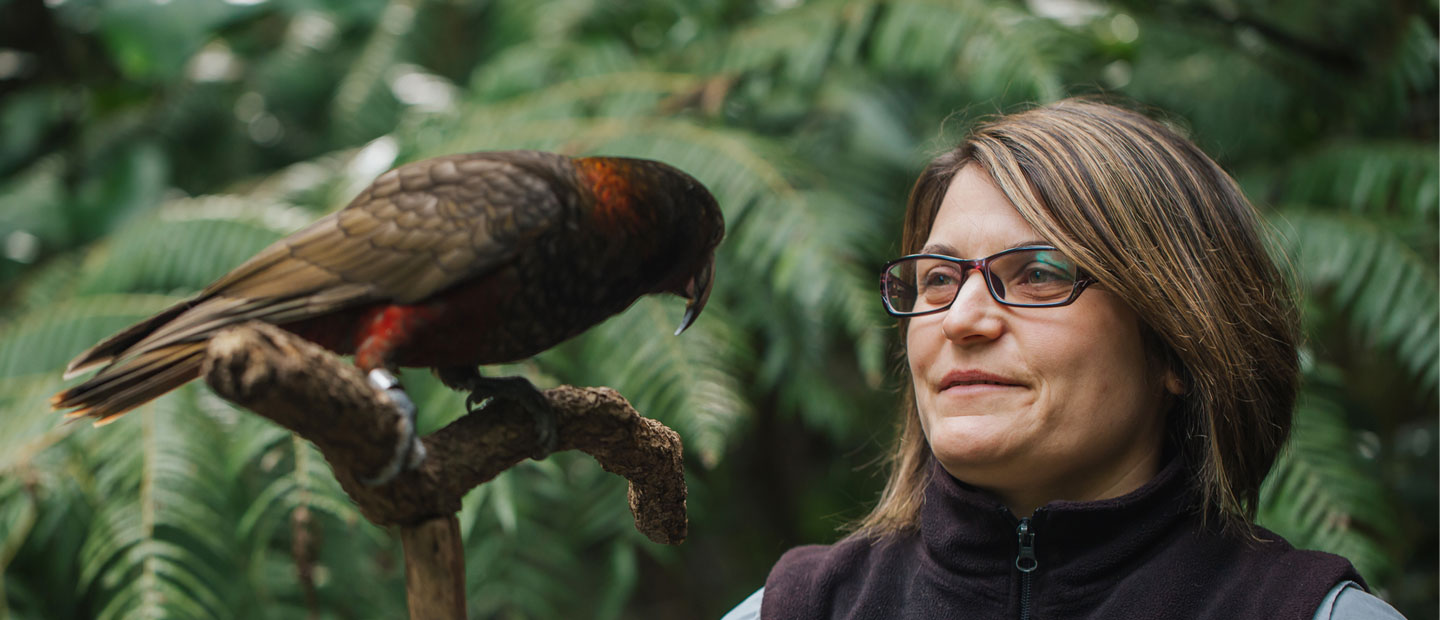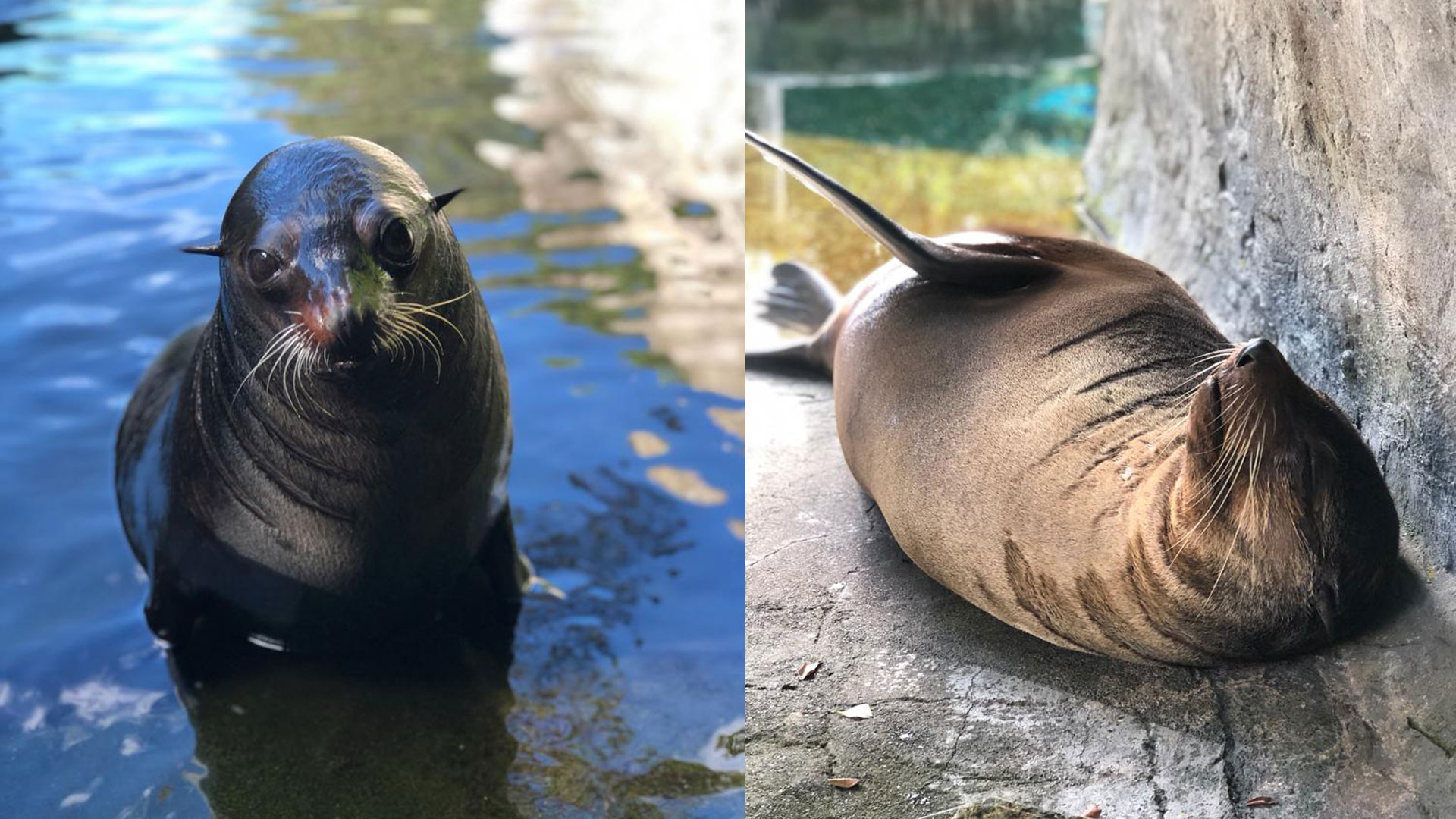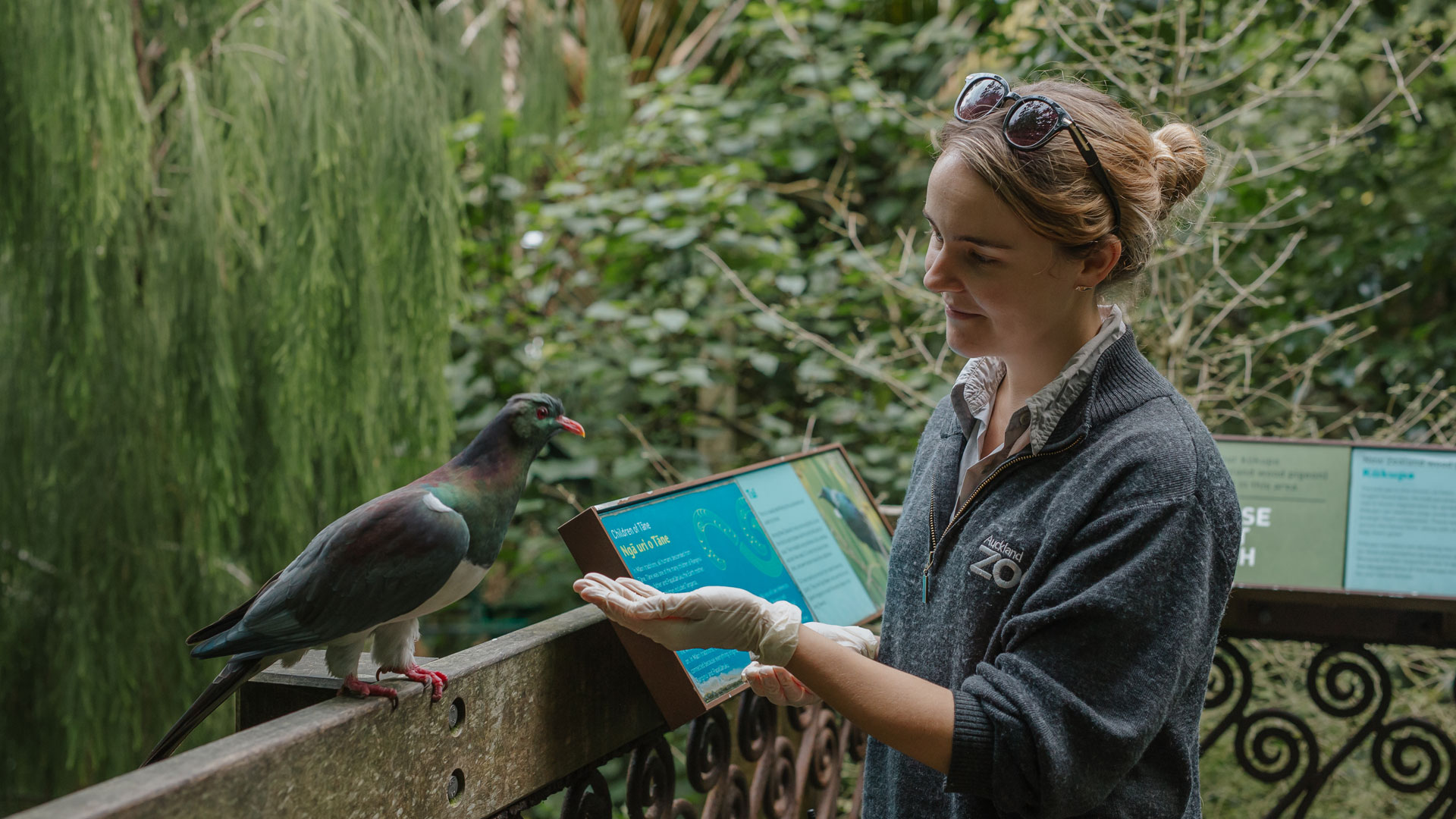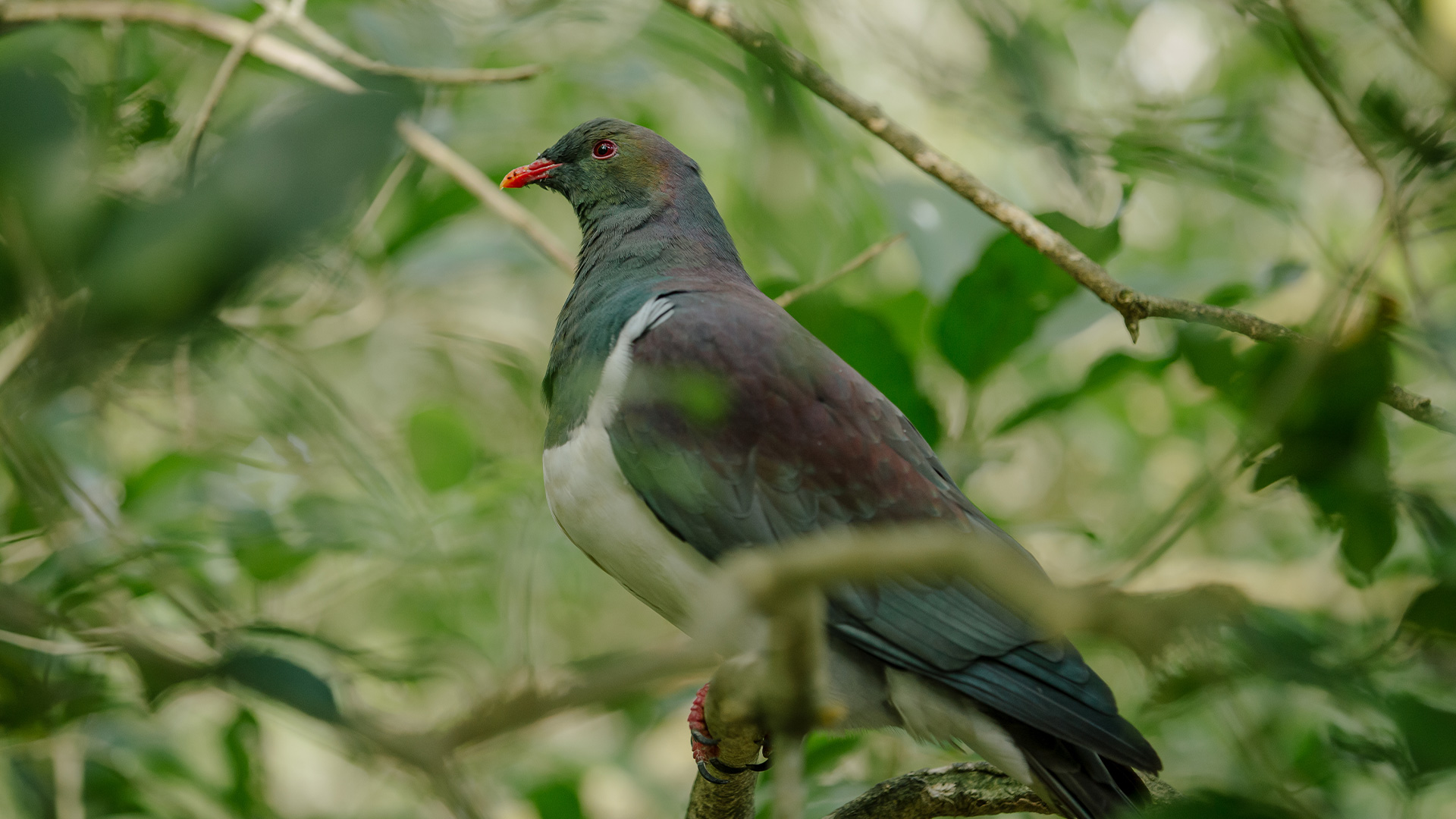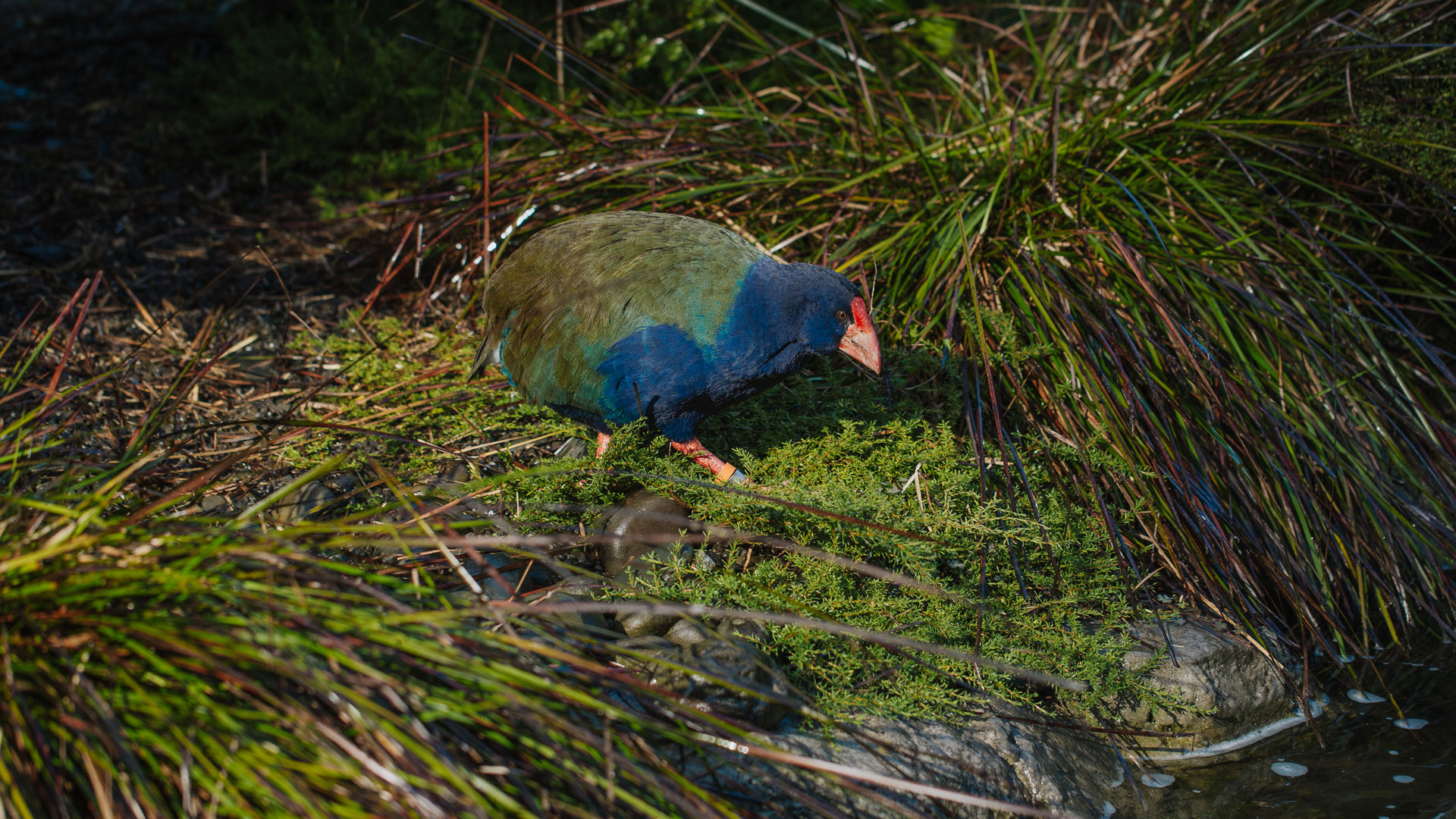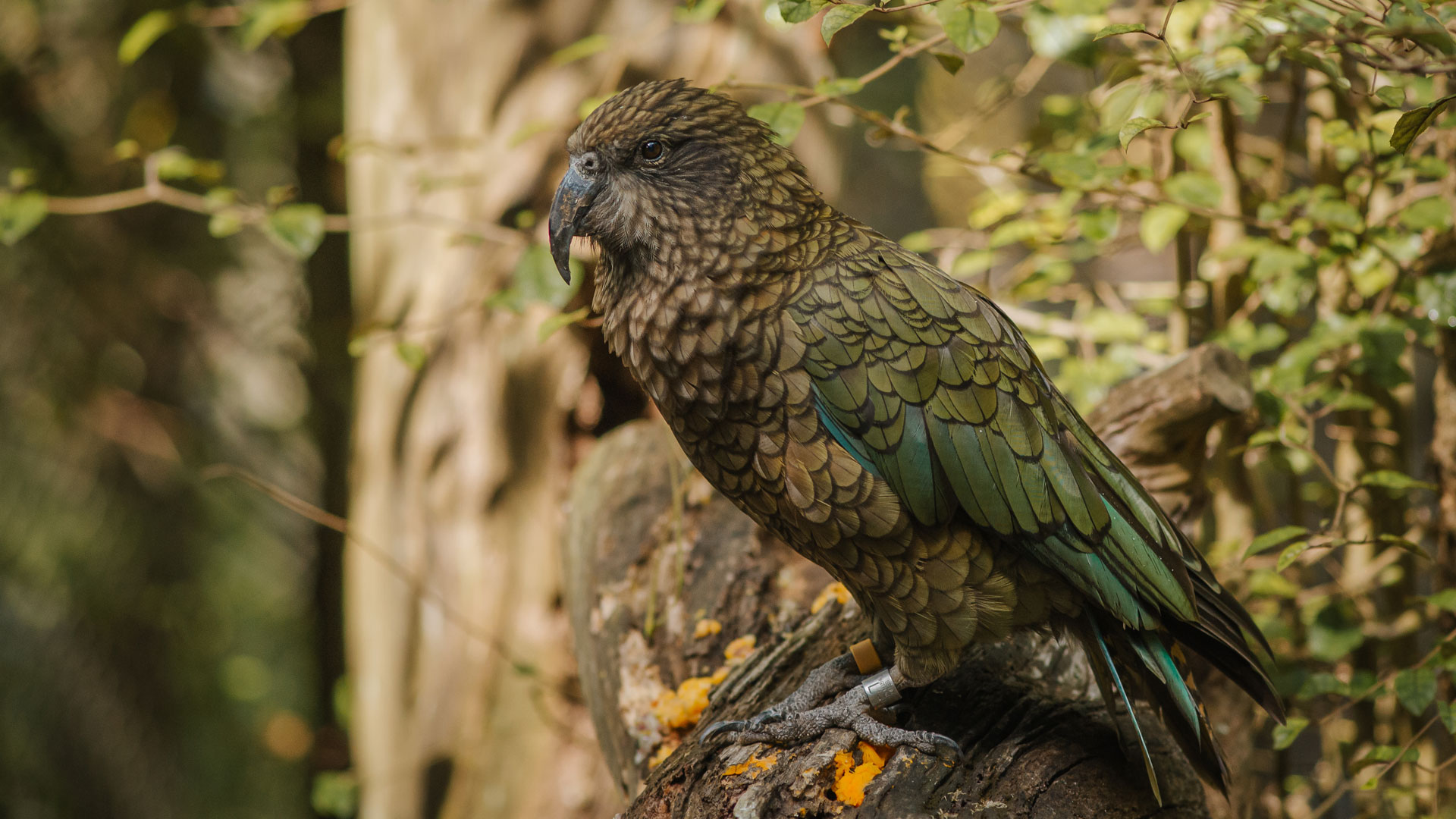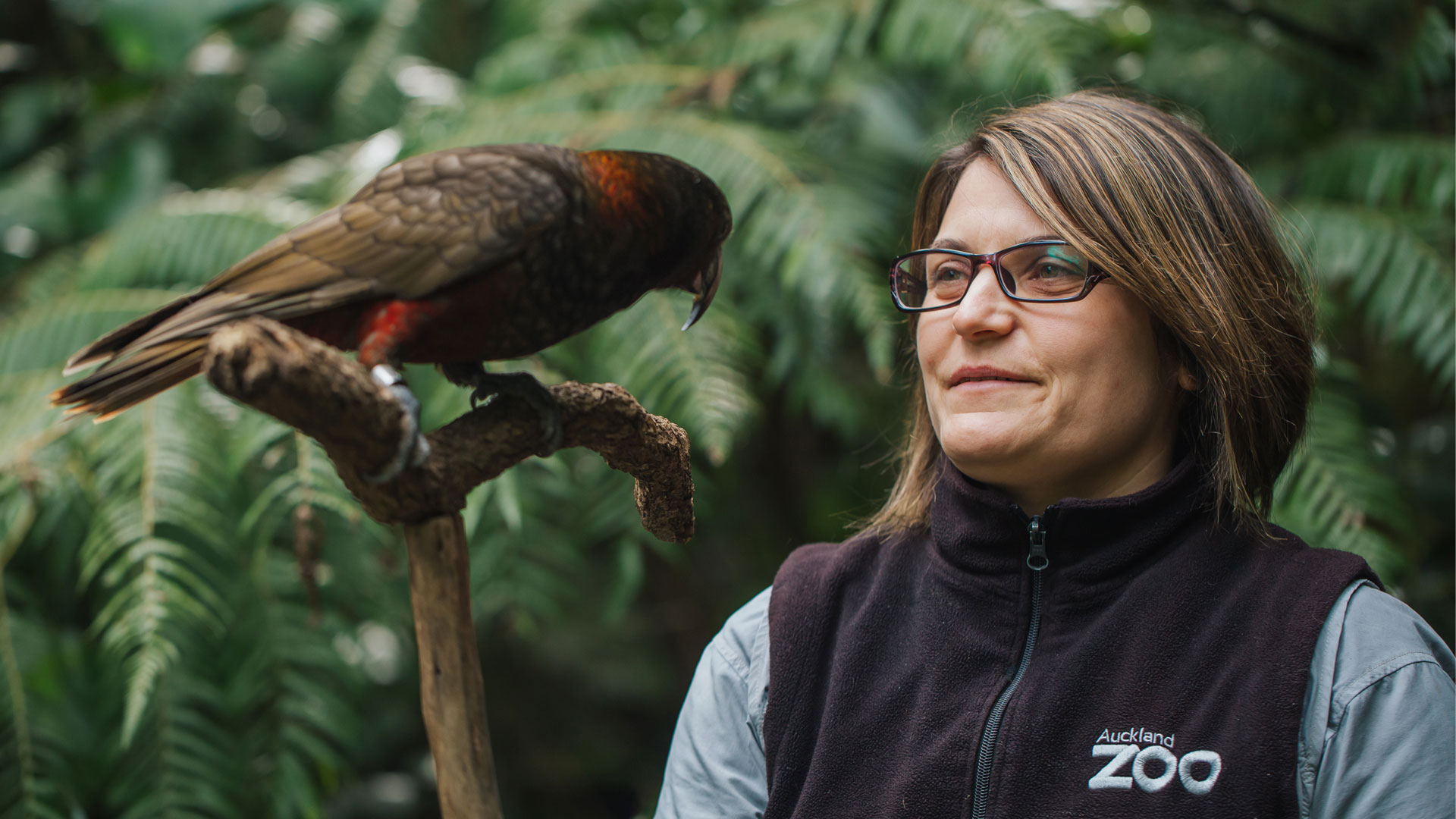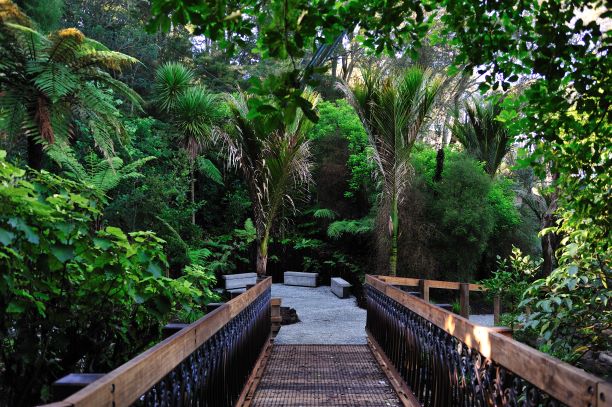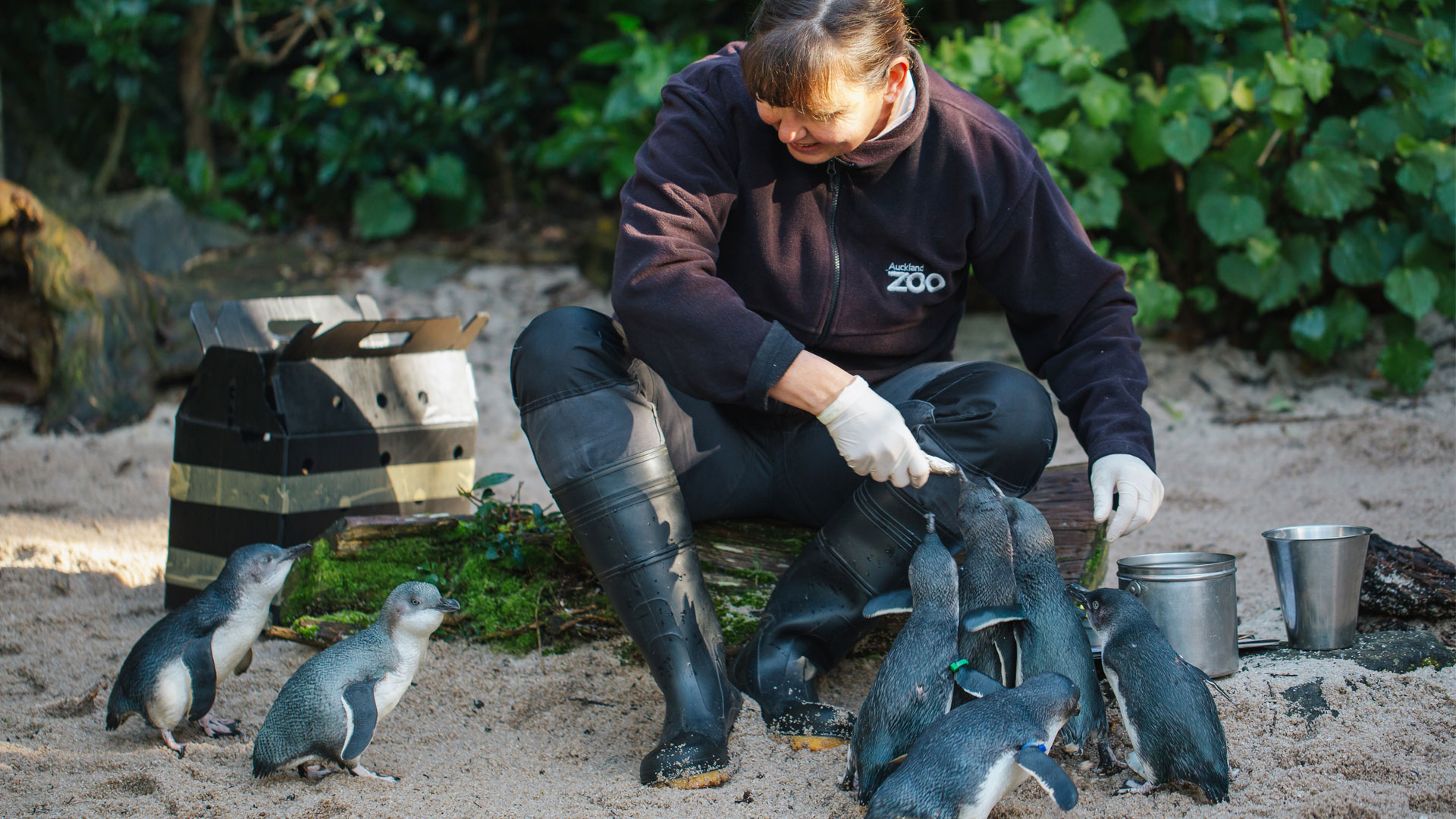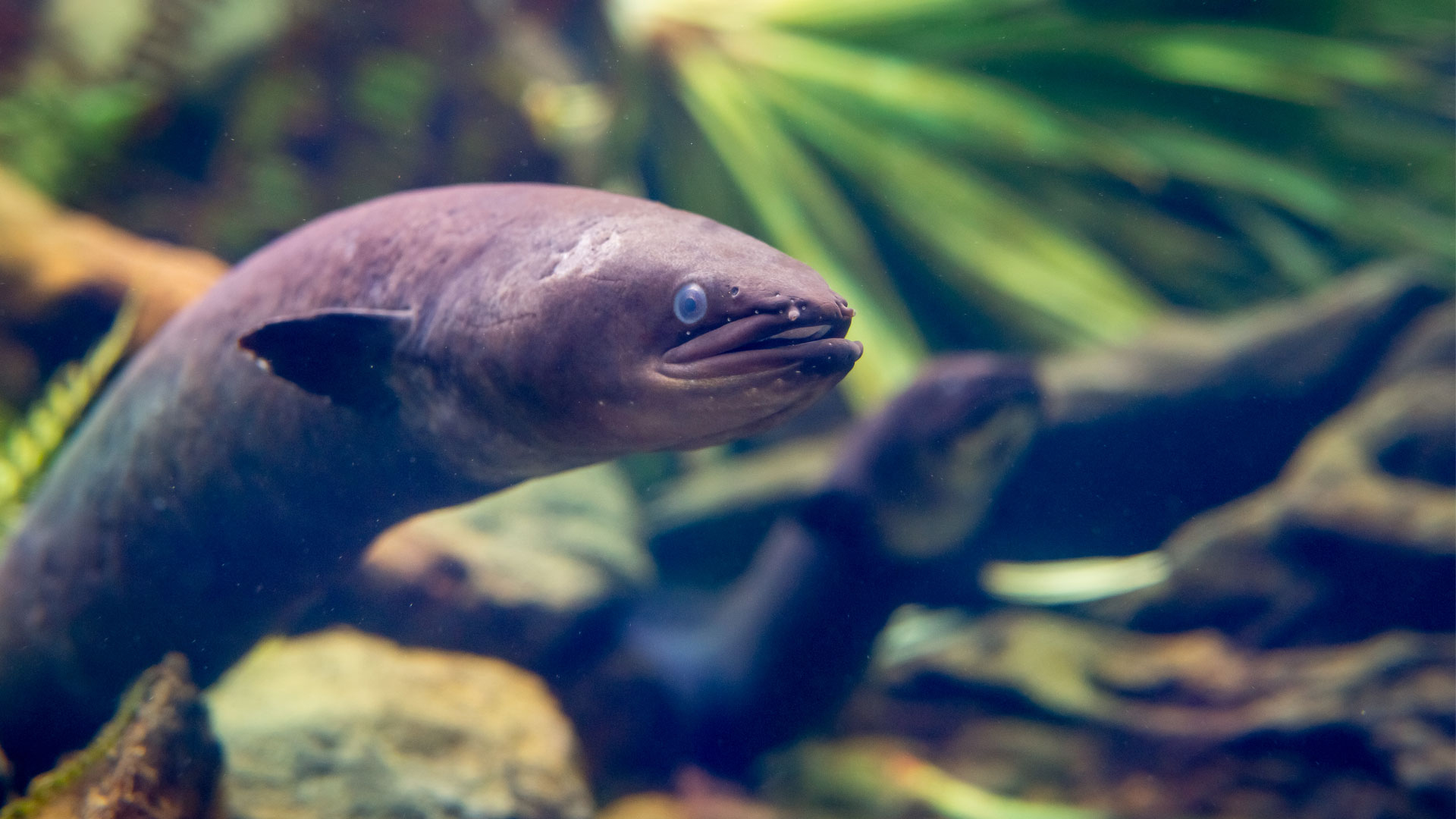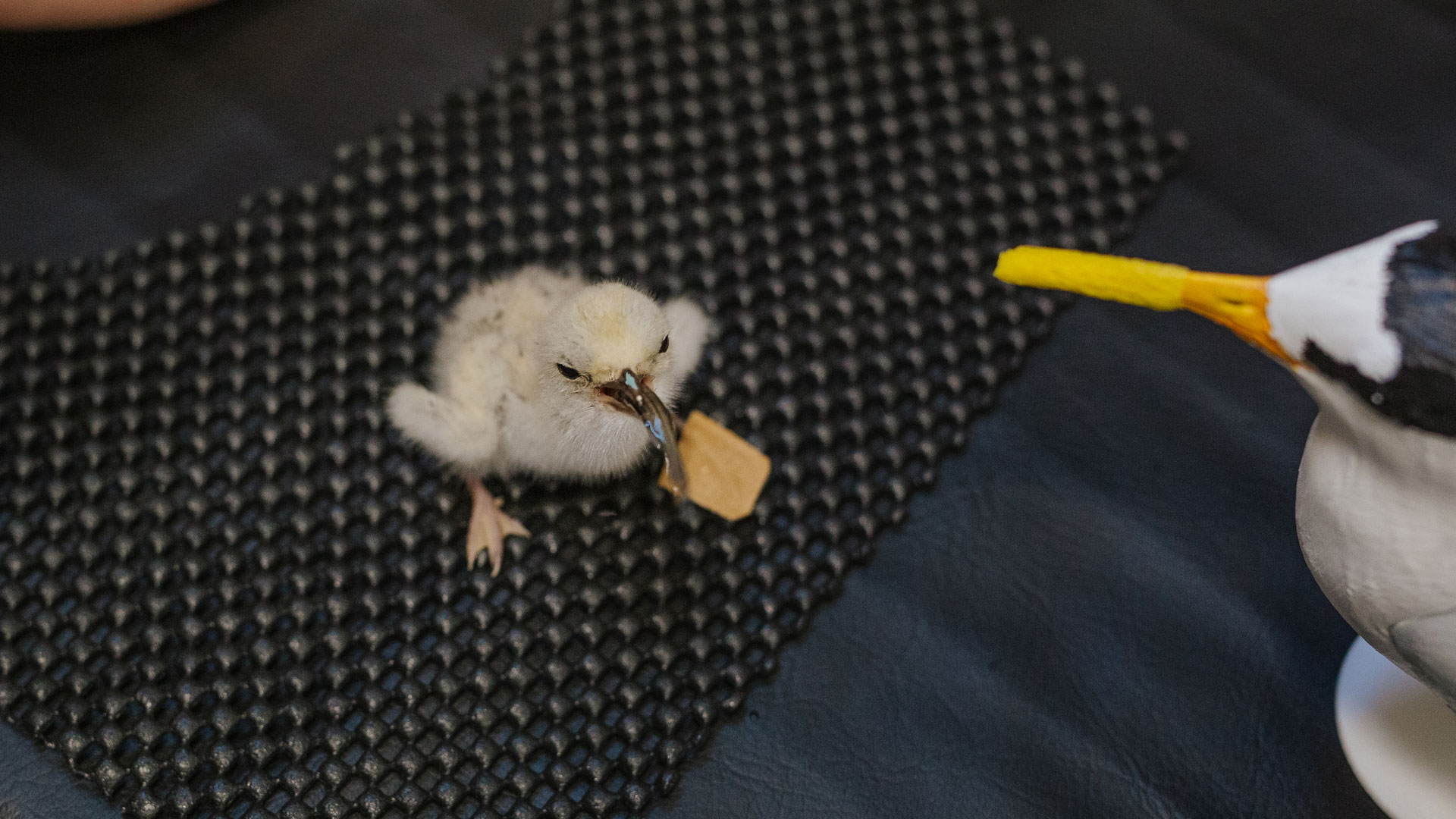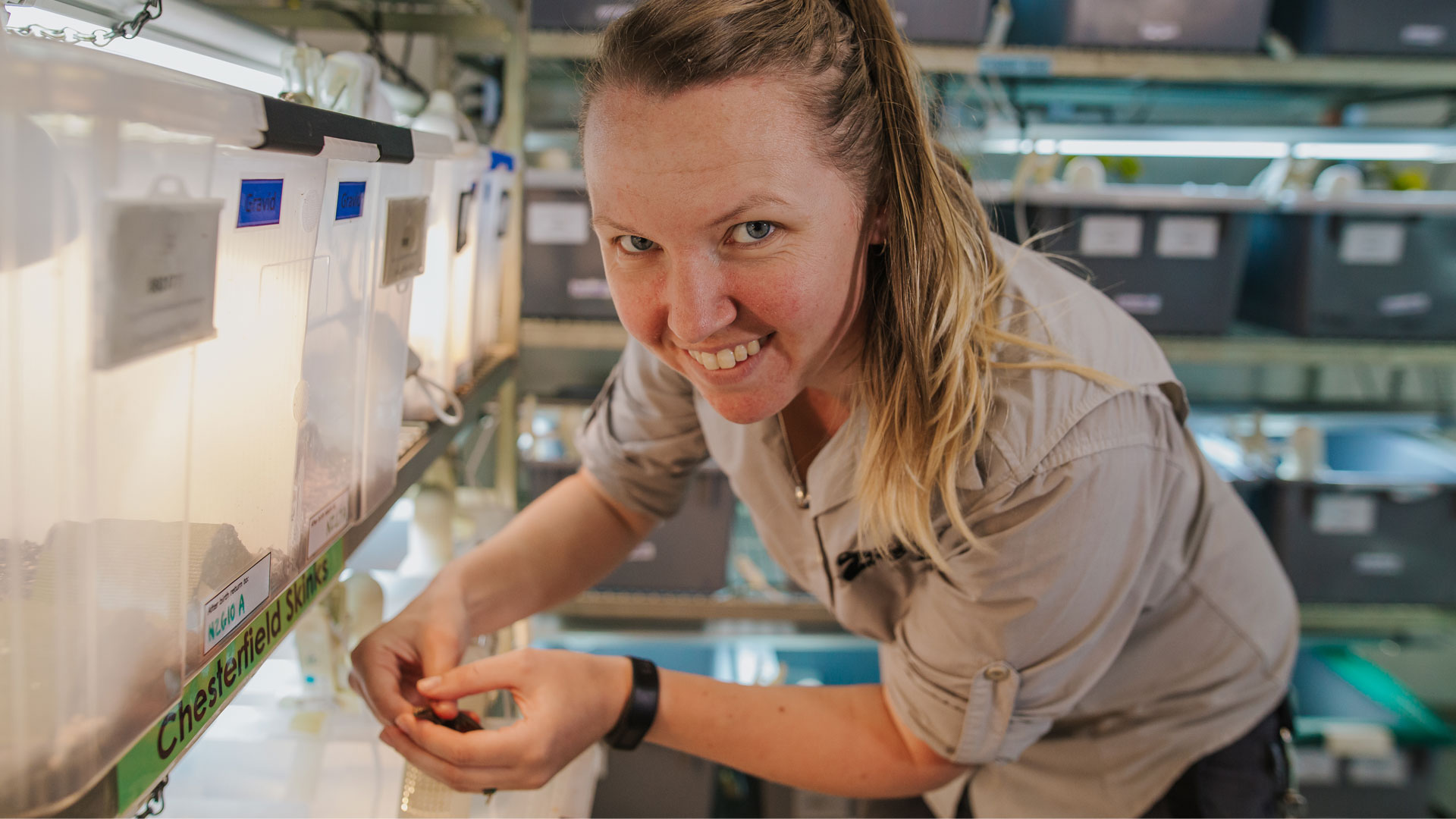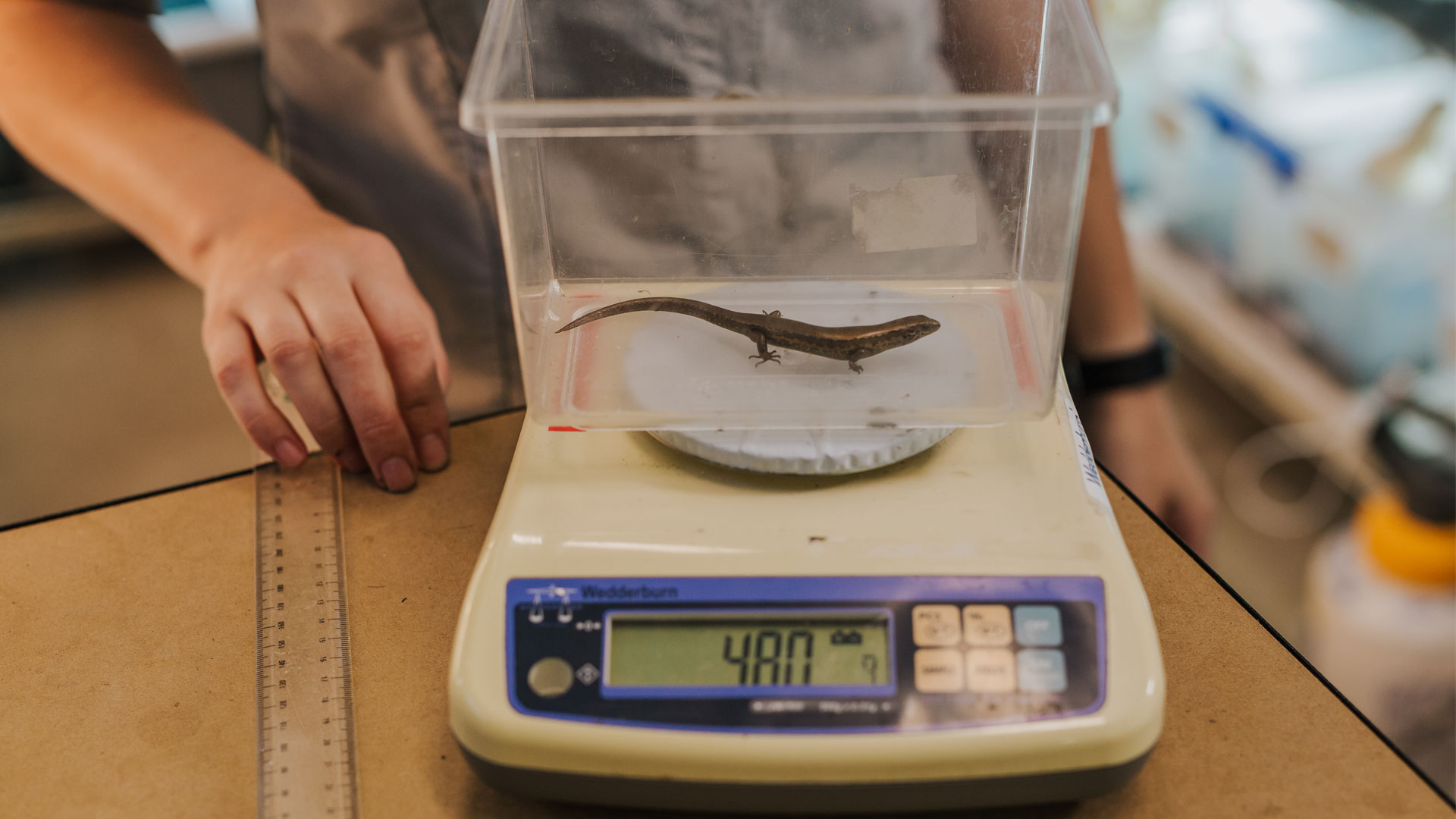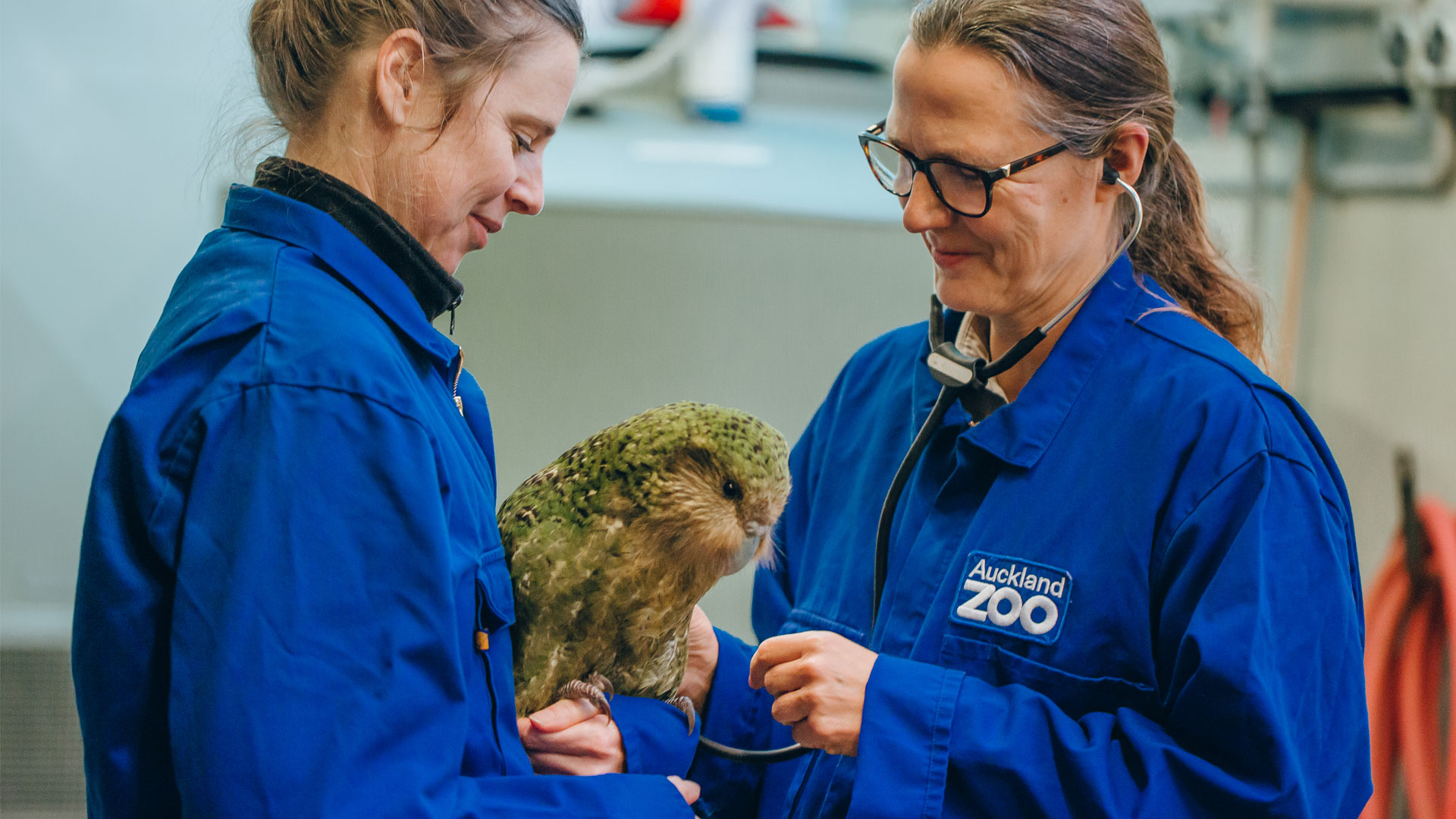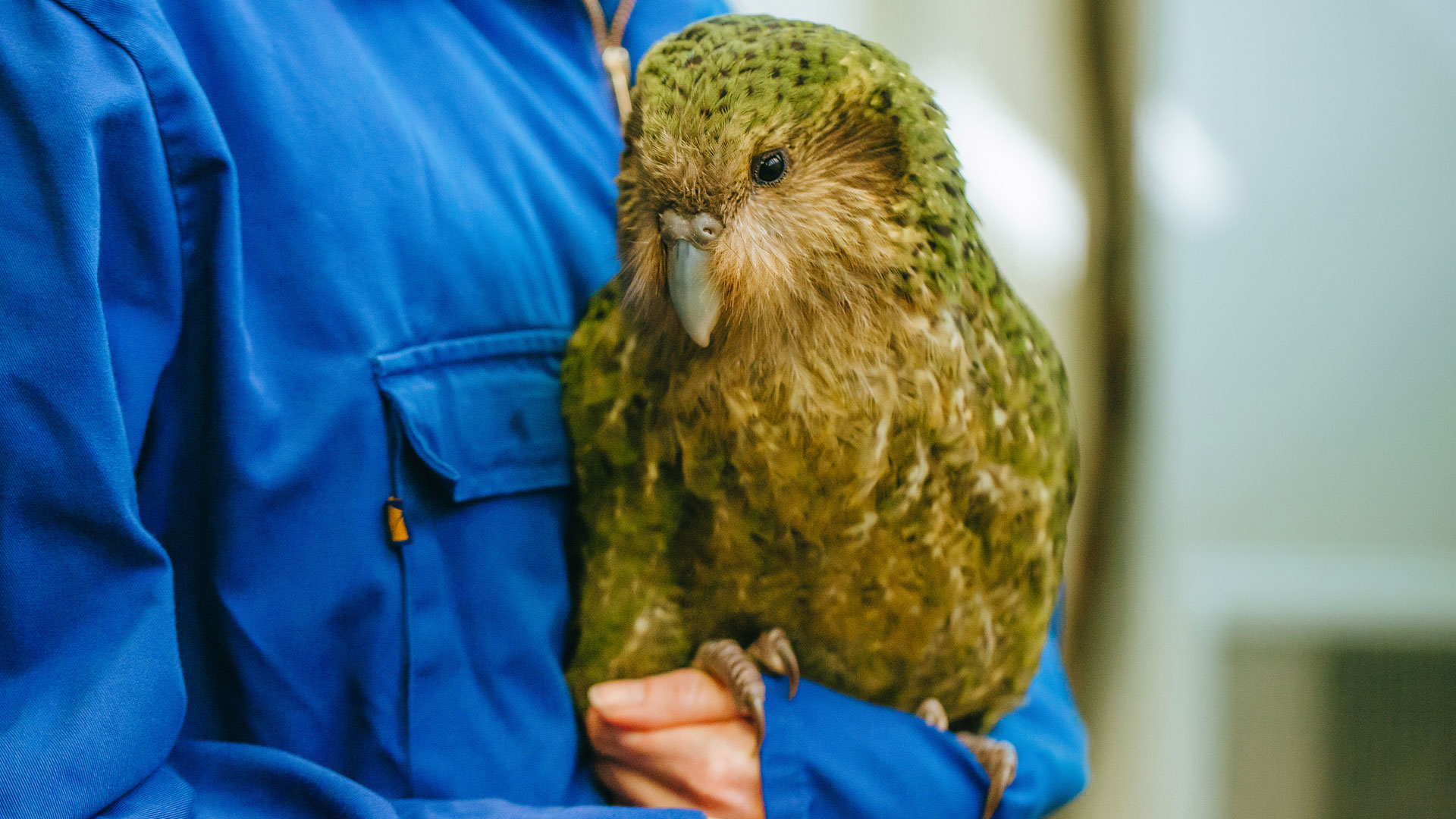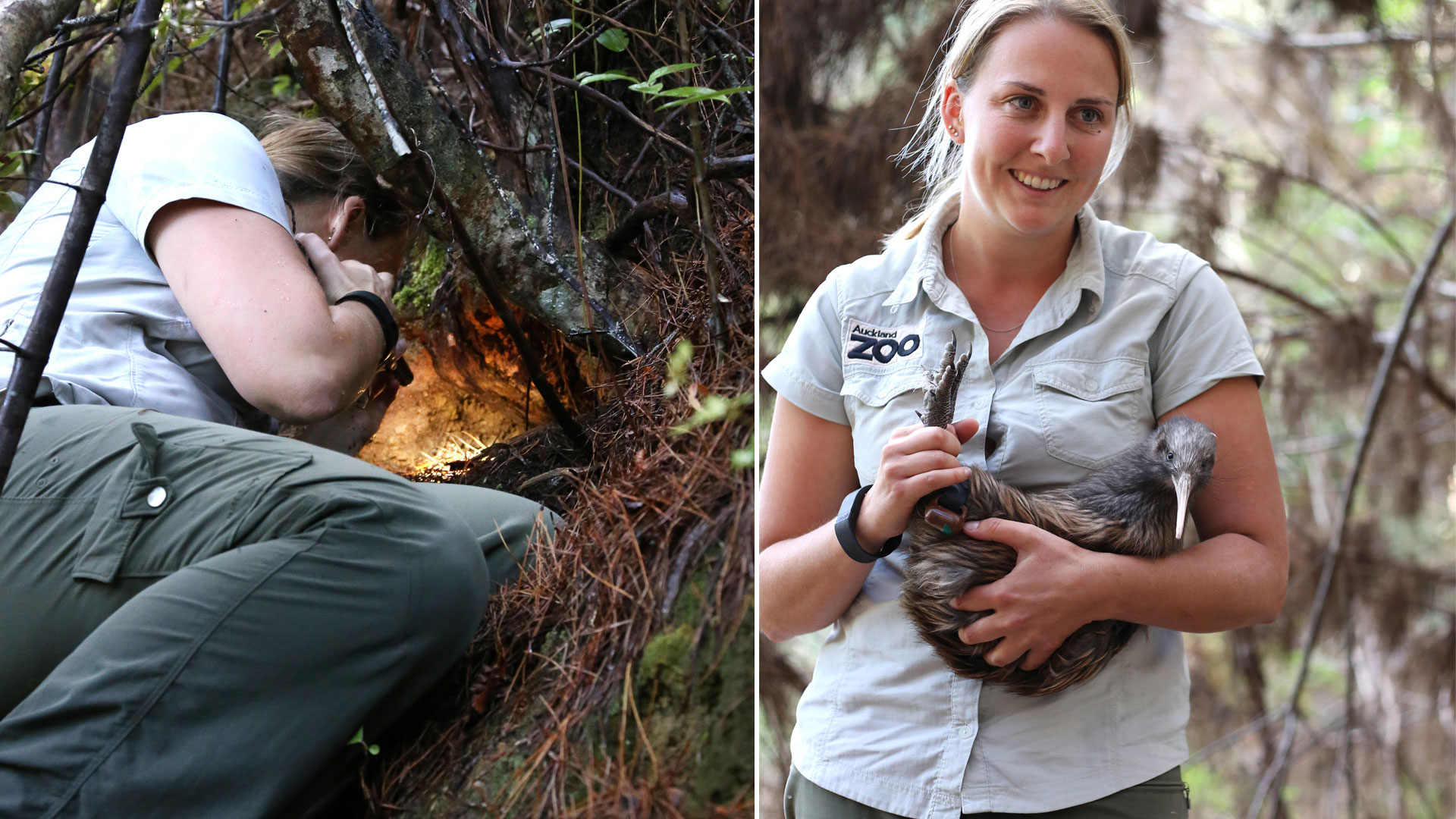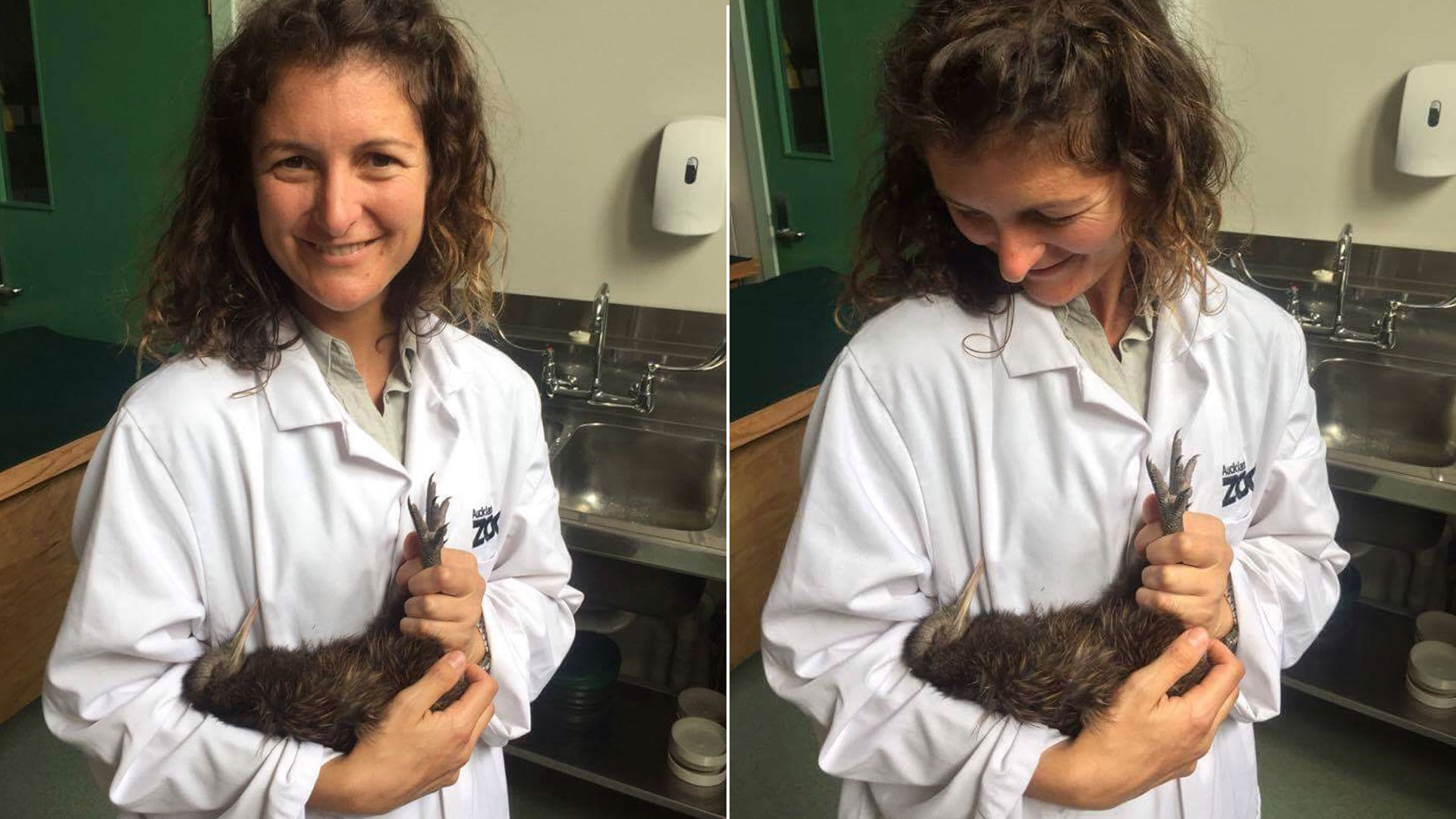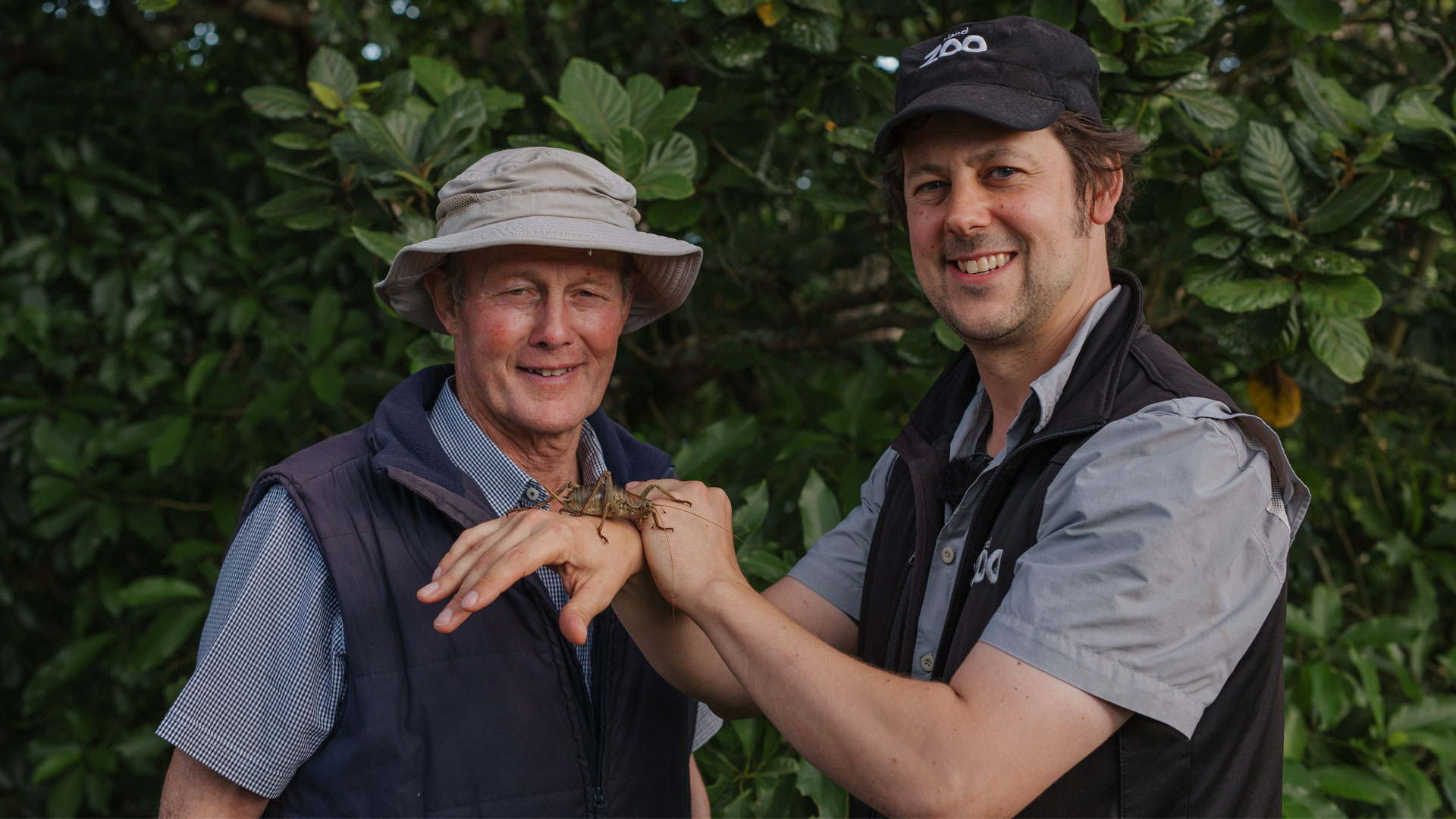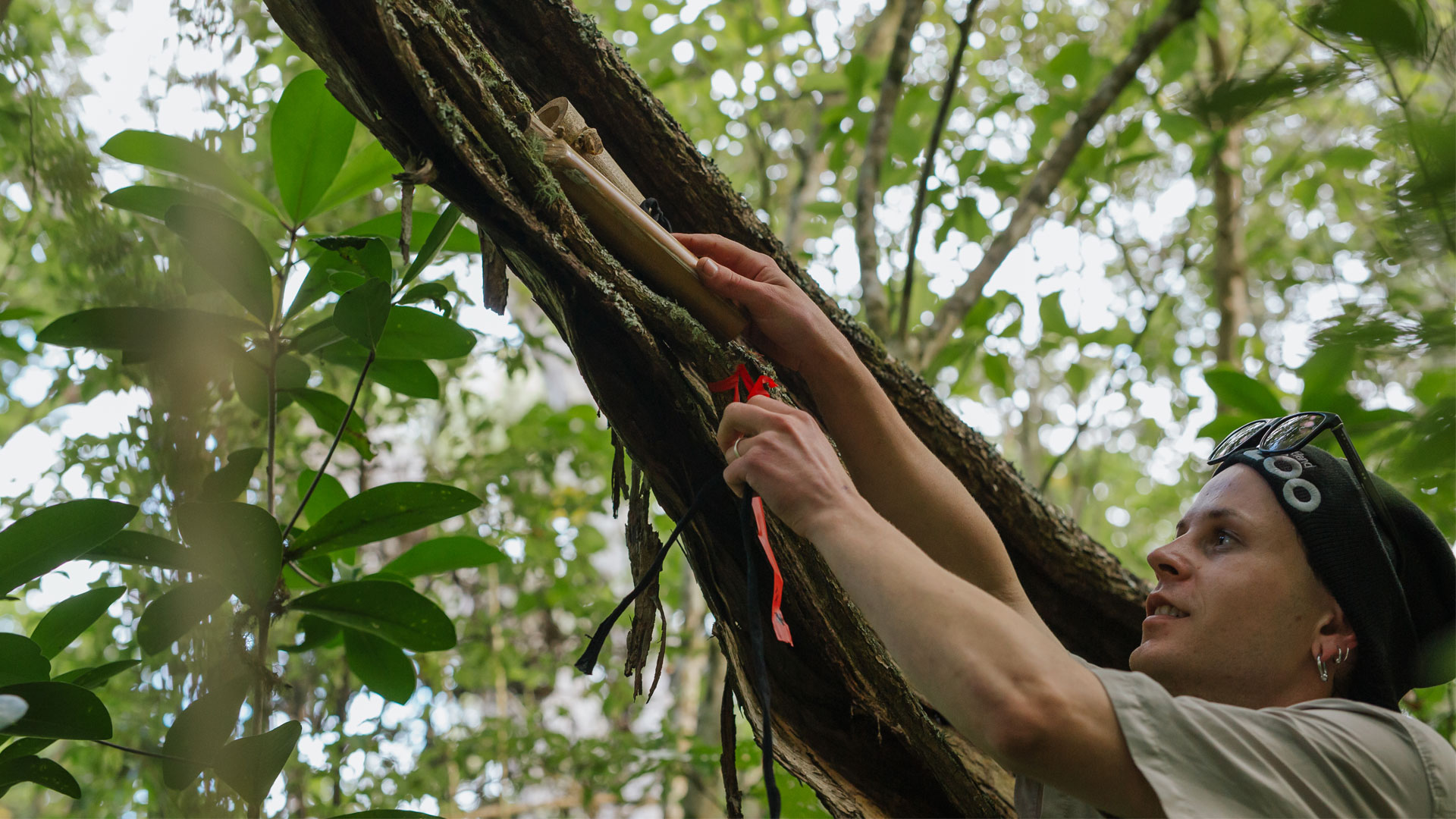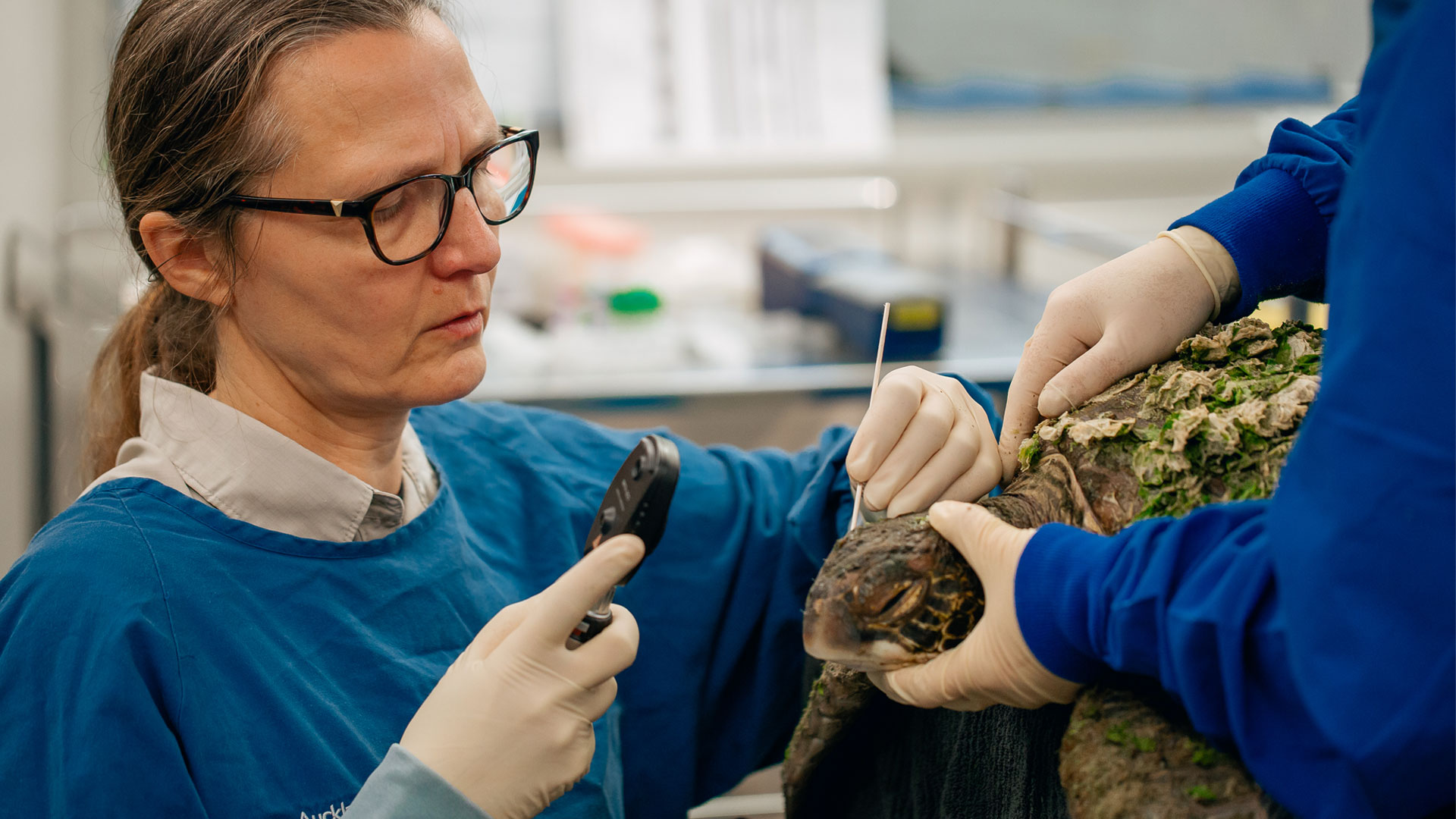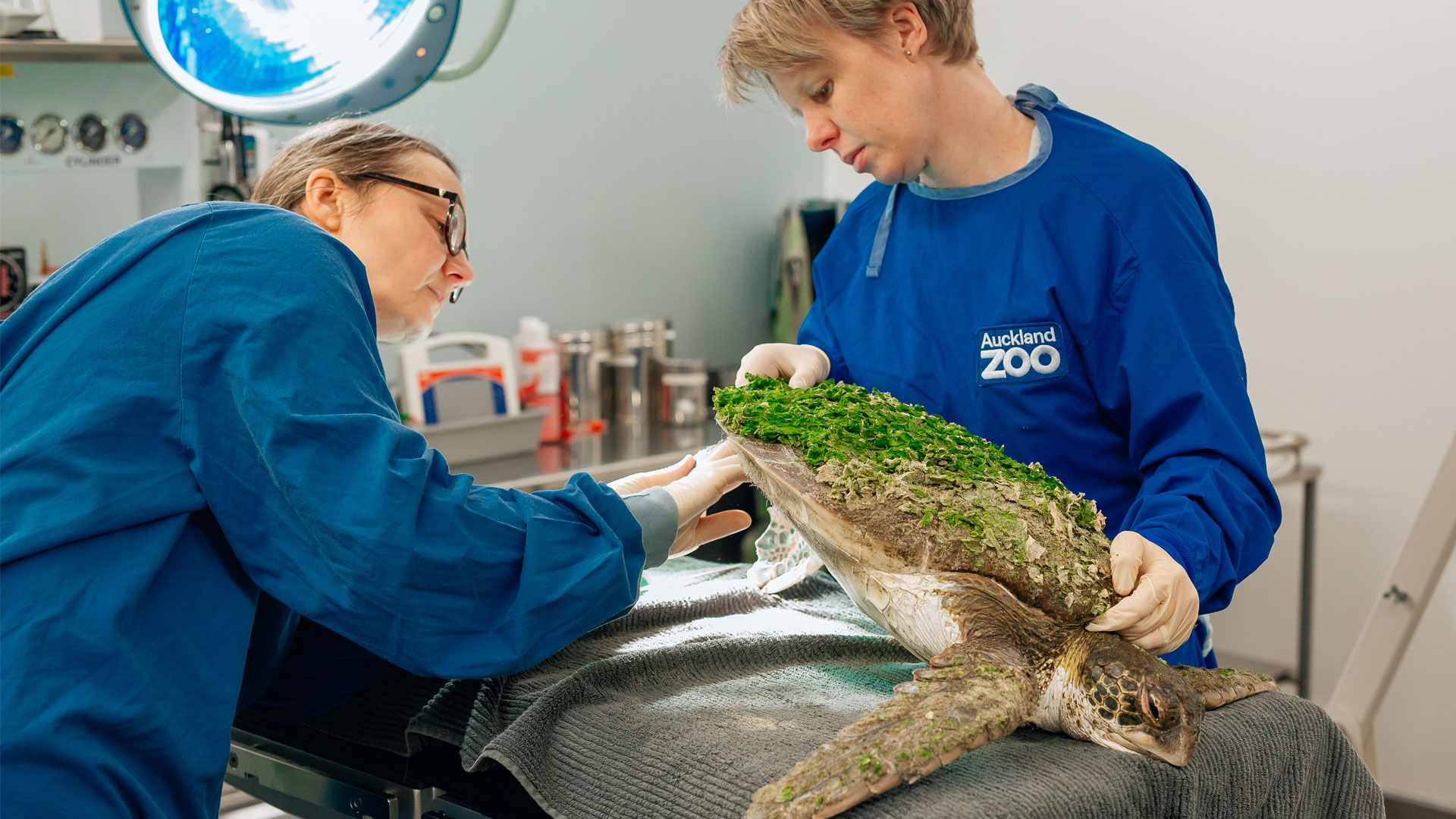Te Wao Nui is home to more than 50 endemic animal species within six iconic New Zealand ecological habitats over a fifth of our Zoo, and is all about celebrating, connecting with, and conserving Aotearoa’s extraordinary and unique wildlife.
There are more species being bred and expertly cared for off-display. Among them, the planet’s only population of cobble skinks, and the world’s first Zoo-bred populations of Archey’s frogs and black mudfish; all tiny, biologically fascinating, and highly threatened.
In ‘Te Wao Nui a Tāne’ (The Forest Habitat), the heart of Te Wao Nui, stands Tāne Nui a Rangi, a stunning three-metre-high carving, its creation led by sculptor, designer, and master carver, Lyonel Grant (Te Arawa).
Tāne, the son who forced his parents Ranginui (sky father) and Papatūanuku (Earth mother) asunder to allow light to fall upon the earth, represents a life-giver.
For our Zoo staff and volunteers, our visitors, communities, and all of our conservation partners and supporters, Te Wao Nui is that life-giver - providing the heart and hub to connect in nature together, grow conservation efforts in Aotearoa, and further the Zoo’s mission to ‘bring people together to build a future for wildlife’.


